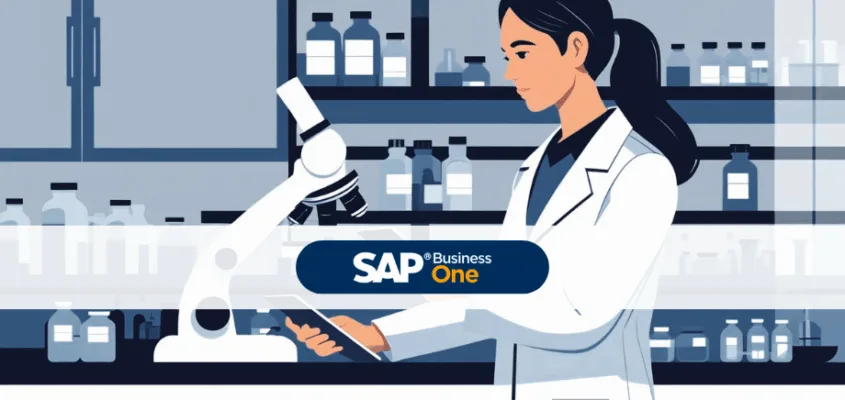Good manufacturing practice (GMP) is a system designed to ensure that products are consistently manufactured and controlled according to quality standards. It was developed to minimise the risks associated with any pharmaceutical production. production and which cannot be avoided by testing the product.
There is not only one GMP
The version of the GMP of the World Health Organization (WHO) is used by regulatory authorities and industry in over a hundred countries worldwide. The GMP of the European Union (EU GMP) implements similar requirements to the WHO GMP, as does the FDA version in the USA.
GMP defines national and international rules for the "good manufacturing practice of pharmaceuticals". Requirements are defined for the following areas:
- Hygiene
- Manufacturing processes
- Premises
- Equipment
- Documentations
- Controls
- Error handling
For medicine, pharmacy and pharmaceutical chemistry, the rules have been broken down into individual areas. The GMP concept has been expanded to include the following terms, among others:
- Good Automated Manufacturing Practice (GAMP)
- Good Clinical Practice (GCP)
- Good Distribution Practice (GDP)
- Good Laboratory Practice (GLP)
- Good Manufacturing Practice (GMP)
- Good documentation practice

Not one hundred percent instruction
GMP guidelines are not instructions on how the production of pharmaceuticals should be carried out. Rather, they are general principles that must be observed during production. There are many ways for a company to define its quality programme and manufacturing process to meet GMP requirements. It is the responsibility of the company to choose the quality process that is effective and efficient. This quality should be reflected in the product. GMP is the most important factor in ensuring this product quality.
Qualification and validation
Companies are therefore qualified and validated to implement and comply with the regulations. Qualification is proof that a specific device, installation or system is suitable for the intended use.
the Validation on the other hand, refers to processes and procedures. The purpose of validation is to prove that the processes, methods, tests, activities and systems used are capable of repeatedly manufacturing a product.
ERP software essential for GMP implementation
Of course, the business software used, such as an ERP system, has a major influence on the feasibility of the guidelines. It is therefore important to use software that can be validated. Whether an ERP software fulfils this requirement, for example, is not necessarily determined by whether it has been validated before.
Pharmaceutical manufacturing companies should evaluate the following critical requirements for a pharma ERP solution:
- Customer Relationship Management (CRM)
- Quotation and cost estimate
- Order processing and Available-to-Promise (ATP)
- Recipe management
- Laboratory Information Management System (LIMS)
- Document management
- Technical change management
- Forecasting and demand planning
- project billing (R&D)
- production
- Software for supply chain management
- Advanced production planning
- Quality management
- Supplier management
- Serial number tracking
- Batch numbers-Tracking
- Traceability and recall management
- Warehouse Management Software (WMS)
- cost accounting
- Revenue recognition
- Sales cost recording and management

Purchasing documents in SAP Business One - consistently efficient

Outline agreements in SAP Business One

GMP standards for ERP in the pharmaceutical industry

ERP solutions for make-to-order production

When does an ERP system have to adapt?


